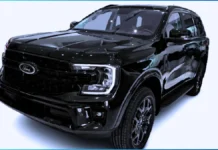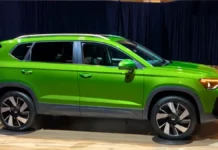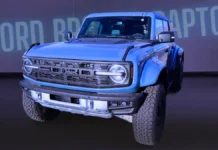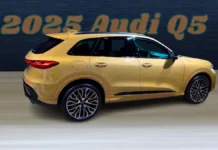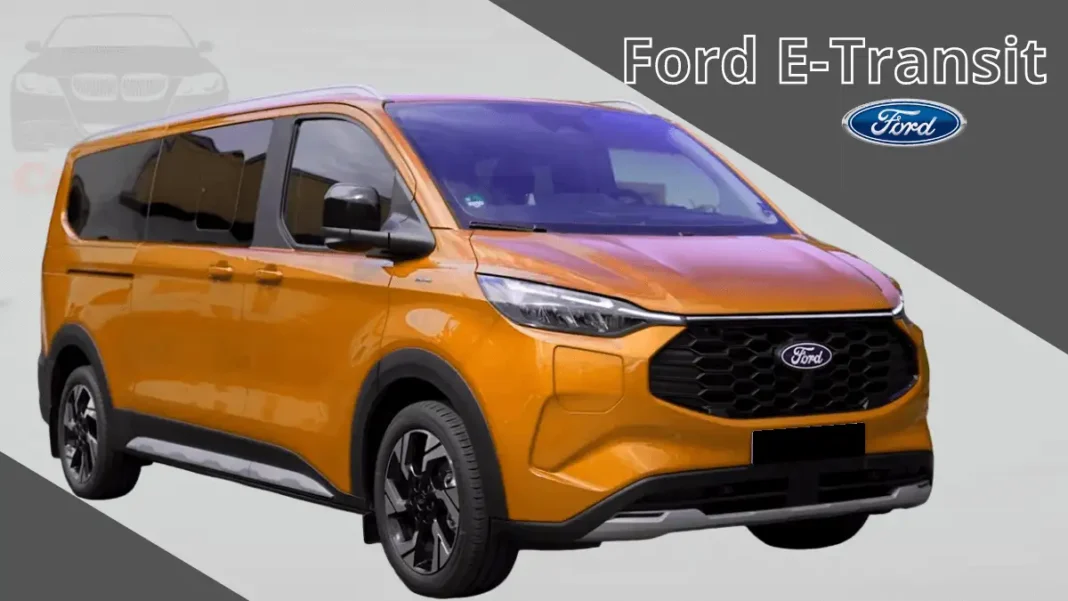Table of contents
1. Introduction
The Ford E-Transit is an electric utility van that marks a significant shift in Ford’s lineup toward a greener, more sustainable future. As one of the world’s largest automakers, Ford’s venture into the commercial electric vehicle (EV) space signals the broader transition of the transportation industry to eco-friendly alternatives. The E-Transit was designed to meet the demands of modern businesses that need reliable, cost-effective, and sustainable transportation solutions, making it highly relevant as the world moves toward zero-emissions goals.
In this comprehensive review, we’ll delve into the Ford E-Transit’s design, performance, and comfort, as well as its safety features and overall value for money. Whether you’re a fleet manager looking to upgrade your business or an EV enthusiast curious about this new entrant, this review provides a detailed look into what the Ford E-Transit offers.
2. Vehicle Overview
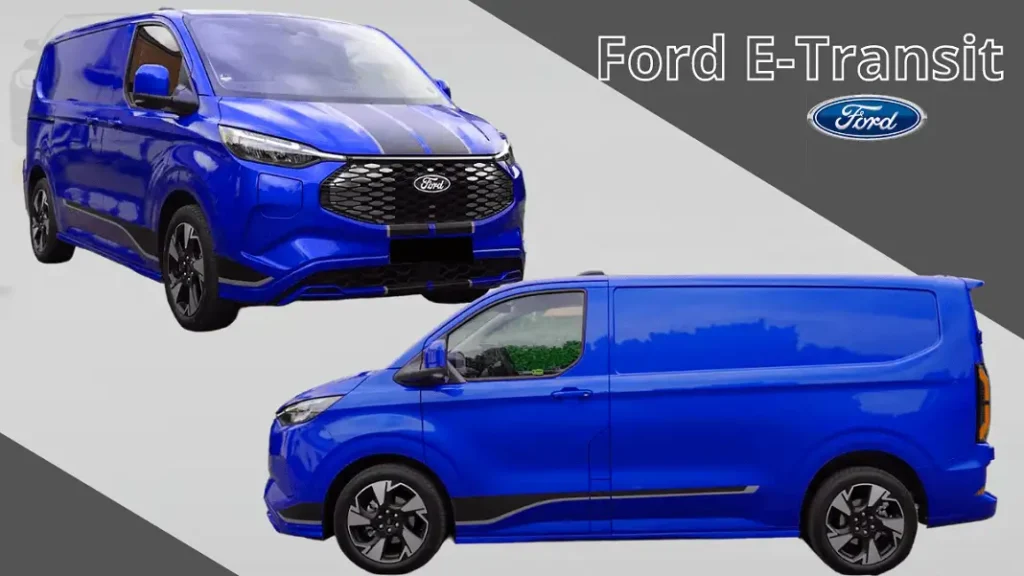
Design, Dimensions, and Weight
The Ford E-Transit retains the familiar design of the standard Transit, ensuring that businesses transitioning to electric can do so without a radical departure in appearance. Its traditional boxy shape maximizes cargo capacity, while the addition of EV-specific features, like the sleek front fascia and charging port, distinguish it from its gas-powered siblings. The E-Transit comes in various configurations, including three roof heights and three body lengths, catering to diverse needs. Its payload capacity remains competitive, offering up to 4,290 pounds depending on the configuration.
Available Options and Configurations
Ford offers the E-Transit in multiple trim levels, ranging from the basic “Cargo Van” model to a more upscale “Chassis Cab” version. With a choice of three different roof heights and lengths, businesses can tailor the E-Transit to their specific requirements, whether for local deliveries, mobile services, or construction work. Optional features such as enhanced telematics, Pro Power Onboard (which turns the van into a mobile generator), and advanced safety packages add to its versatility.
Key Innovations and Technological Features
The Ford E-Transit comes packed with modern innovations that set it apart from its competitors. It features a 67 kWh battery pack that powers the electric motor, delivering 266 horsepower and 317 lb-ft of torque. The van also boasts a targeted range of up to 126 miles on a single charge, making it ideal for urban deliveries and short-range operations. One of the most impressive aspects of the E-Transit is Ford’s inclusion of its proprietary Ford Pass Connect system, which allows fleet managers to monitor vehicle health, track locations, and optimize routes, all from a mobile app or desktop platform.
3. Performance of the Electric utility van
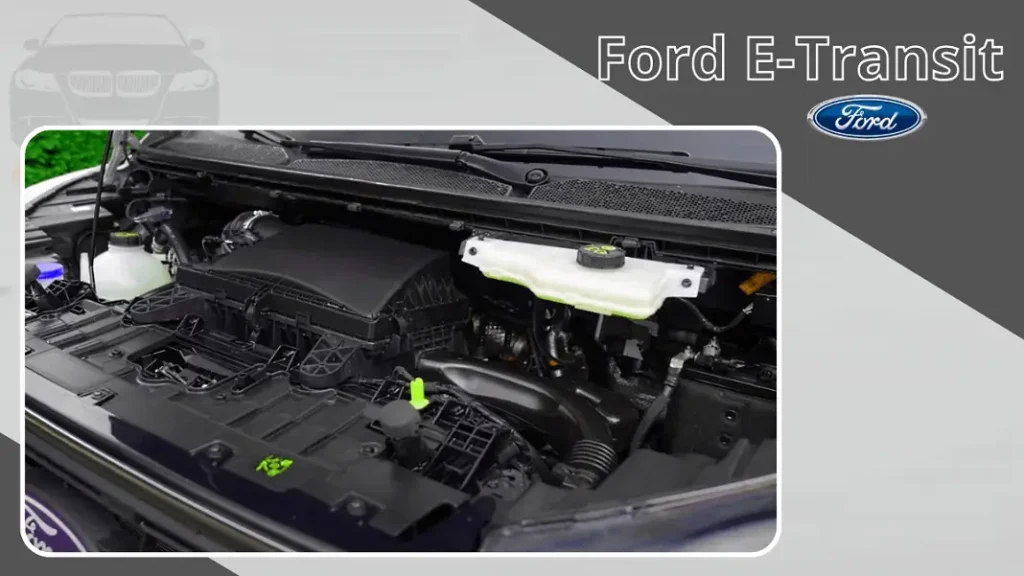
Engine and Power Output
The E-Transit is powered by a single electric motor that generates 266 horsepower and 317 lb-ft of torque, which is more than sufficient for its typical use cases. While it may not be as powerful as some of the larger gas-powered Transit models, the instant torque provided by the electric motor makes acceleration brisk, even when fully loaded. The 67 kWh battery is positioned under the floor, ensuring a low center of gravity and contributing to stable handling.
Driving Behavior
On the road, the E-Transit delivers a smooth and quiet driving experience-hallmarks of electric vehicles. The lack of engine noise, coupled with its responsive acceleration, makes driving in urban environments more pleasant than its gas-powered counterparts. Handling is also impressive for a vehicle of this size, with precise steering and good road feedback. However, it’s worth noting that while the E-Transit excels in urban driving, its range may limit longer highway hauls unless charging stations are conveniently located along the route.
Energy Efficiency
The E-Transit’s 67 kWh battery offers a range of around 126 miles on a full charge, depending on driving conditions and load weight. While this might seem limited compared to some electric passenger vehicles, it’s worth remembering that the E-Transit is designed primarily for short-range, urban applications. Charging times vary, but with a DC fast charger, the E-Transit can gain up to 45 miles of range in just 15 minutes. For businesses, this means minimal downtime during deliveries or service routes.
4. Comfort and Interior of the Electric utility van
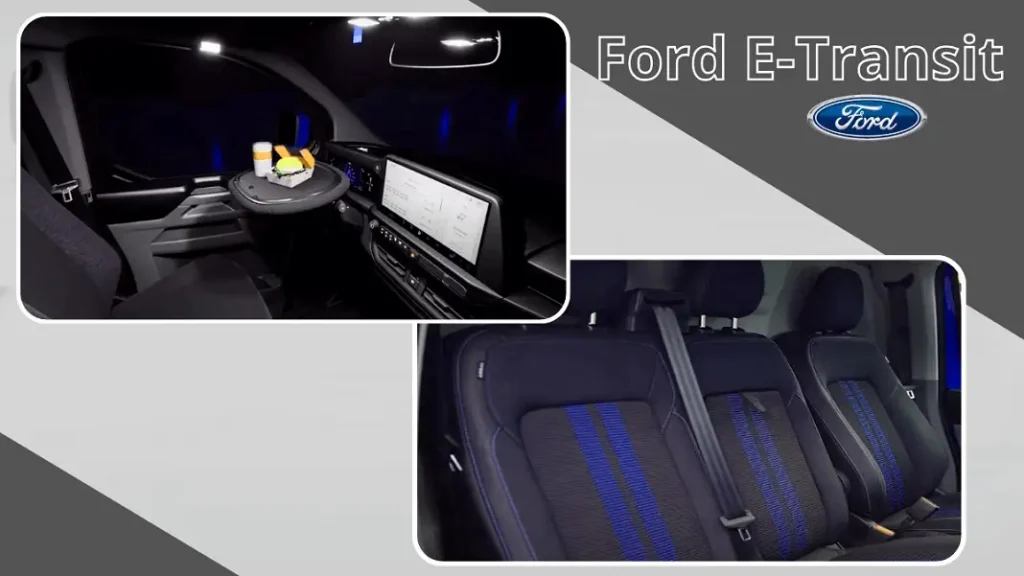
Materials and Finishes
The Ford E-Transit’s interior is designed with utility and durability in mind, but that doesn’t mean it skimps on comfort. The materials used throughout the cabin are of high quality, ensuring that it can withstand the rigors of daily use. The dashboard, though minimalist, is thoughtfully laid out, with large, easy-to-reach controls that drivers can operate even while wearing work gloves. Hard-wearing plastic surfaces dominate the interior, particularly in areas prone to heavy use, while softer materials are used in key touchpoints such as the steering wheel and seats to enhance comfort.
Seat Comfort and Ergonomics
Whether the E-Transit is being driven for short trips or long hauls, seat comfort is crucial, especially for commercial drivers who spend long hours on the road. Fortunately, Ford has prioritized ergonomic design in the E-Transit, with wide, supportive seats that provide ample cushioning. The driver’s seat is fully adjustable, allowing drivers of all heights to find a comfortable position with ease. Additionally, the high driving position offers excellent visibility, a critical feature when maneuvering a vehicle of this size in tight urban spaces.
Ford has also ensured that the cabin is spacious, with plenty of headroom and legroom for both the driver and passenger. The design of the cockpit emphasizes functionality, with well-placed storage spaces for tools, paperwork, and other essentials. There’s also an available partition that separates the cab from the cargo area, which helps reduce noise and improve climate control efficiency.
Onboard Technologies: Infotainment and Connectivity
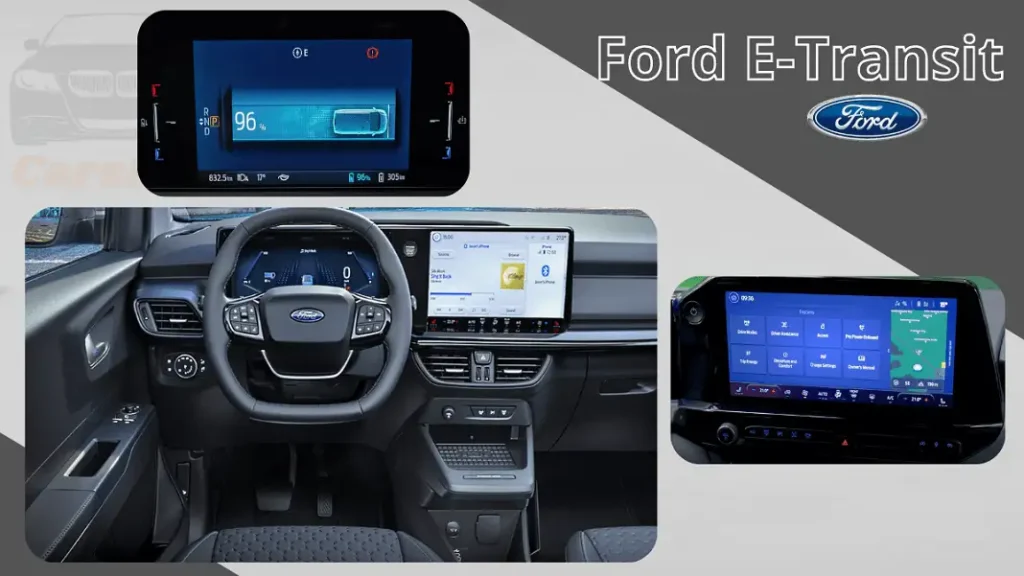
The E-Transit comes equipped with Ford’s latest SYNC 4 infotainment system, displayed on a standard 12-inch touchscreen. This system supports Apple Car Play and Android Auto, enabling easy smartphone integration for navigation, music, and hands-free calling. The intuitive user interface and voice recognition make it simple to use without diverting attention from the road.
In addition to entertainment options, the E-Transit’s infotainment system includes various telematics features tailored for commercial use. Fleet managers can monitor vehicle performance, optimize routes, and track real-time data through the Ford Pass Connect app. This connectivity feature is invaluable for businesses looking to maximize efficiency and minimize downtime. Moreover, the van comes with standard 4G LTE Wi-Fi, which can support up to 10 devices, enabling on-the-go work for teams using laptops or tablets in the field.
5. Safety of the Electric utility van
Active and Passive Safety Features
Ford has equipped the E-Transit with a comprehensive suite of safety features, ensuring that both the driver and cargo are well-protected. Standard active safety features include automatic emergency braking, lane-keeping assist, and forward-collision warning. These systems are designed to help prevent accidents by providing alerts and, in some cases, taking corrective action if a potential collision is detected.
In addition to these active safety features, the van also includes several passive safety measures, such as a robust airbag system that covers both the driver and passengers. The reinforced body structure is engineered to absorb and distribute impact forces in the event of a collision, providing additional protection for occupants.
Crash Test Results of The Ford E-Transit
The E-Transit hasn’t undergone crash testing by agencies like Euro NCAP or IIHS yet. However, the standard Ford Transit has received good safety ratings for its solid construction. Since the E-Transit shares much of its design, we can expect similar results in crash tests. It’s best to check for updated safety ratings when they become available.
Advanced Driver Assistance Systems (ADAS)
One standout feature of the E-Transit is its advanced driver assistance systems (ADAS). In addition to lane-keeping assist and automatic emergency braking, it includes adaptive cruise control, which maintains a set distance from the vehicle ahead, reducing strain on drivers during long trips. Another useful feature is the 360-degree camera system, providing a bird’s-eye view of the van and making parking and navigating tight spaces easier.
6. Value for Money
Price Comparison with Competitors
The Ford E-Transit is priced competitively within the electric utility van market. Starting at around $51,000, it’s one of the more affordable options in its class. When compared to competitors like the Mercedes-Benz eSprinter and the Rivian Electric Delivery Van, the E-Transit offers a more cost-effective solution without sacrificing essential features. While it may not have the range of some higher-end electric vans, its lower upfront cost makes it an attractive option for businesses looking to reduce their carbon footprint without breaking the bank.
Maintenance and Running Costs of The Ford E-Transit
One of the most significant advantages of the E-Transit over its gas-powered counterparts is its reduced running costs. Electric vehicles generally require less maintenance since they have fewer moving parts—no oil changes, fewer brake replacements (thanks to regenerative braking), and no issues related to combustion engines. This translates into lower service bills and less downtime for businesses. Additionally, the cost of electricity is typically lower than gasoline or diesel, providing further savings over the lifetime of the vehicle.
Expected Resale Value
Electric vehicles are generally expected to hold their value well as demand for eco-friendly options continues to grow. The E-Transit’s resale value will likely benefit from this trend, especially as more businesses and governments impose stricter emissions regulations. Ford’s reputation for reliability boosts the E-Transit’s resale value. Its strong presence in the commercial vehicle market supports this as well. However, like all electric vehicles, depreciation will depend on battery technology advancements and the availability of used EV charging stations
7. Conclusion
In summary, the Ford E-Transit stands out as a well-rounded electric utility van that combines eco-friendly technology with practical, business-focused features. Its electric powertrain offers sufficient range for urban use, while its interior is designed with comfort and functionality in mind. The E-Transit is also packed with advanced safety and driver assistance systems, making it one of the most technologically sophisticated options in the market.
For businesses looking to reduce their environmental impact and cut down on running costs, the E-Transit is a compelling choice. Its competitive pricing and low operating expenses make it an ideal option for fleet managers and small businesses alike.
8. User Reviews
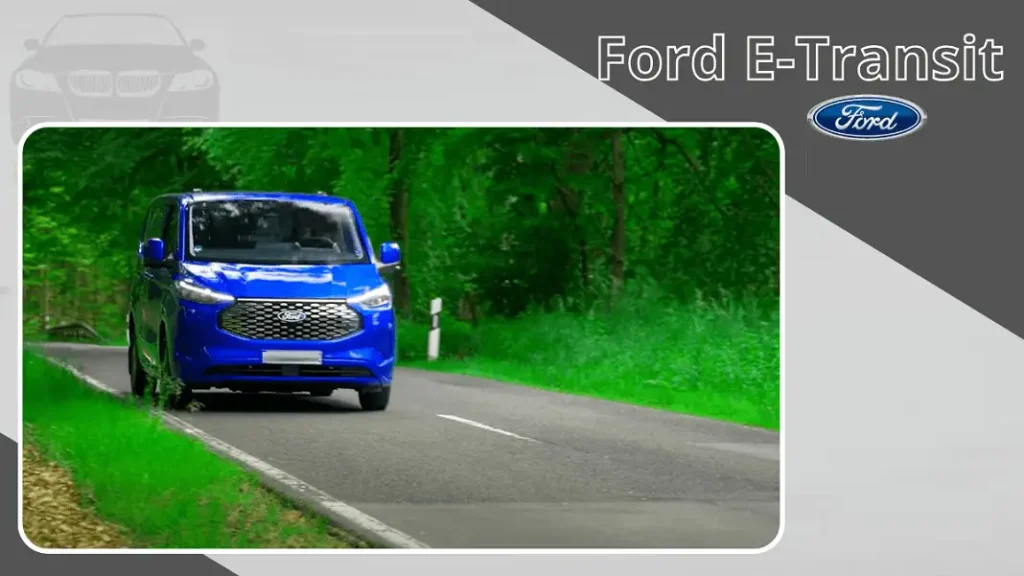
Feedback from Real Users
Many users of the Ford E-Transit report positive experiences. They appreciate its smooth, quiet driving and low operating costs. One fleet manager praised the van’s intuitive technology and easy maintenance, noting significant savings on fuel and repairs. A delivery driver highlighted the cabin’s comfort, mentioning the spacious interior and ergonomic design that make long hours on the road more manageable.
Comparison with Other Models in the Same Category
When compared to rivals such as the Mercedes-Benz eSprinter and the Nissan e-NV200, the E-Transit holds its own. While it may not match the extended range of some competitors, it balances price, technology, and customization well. The FordPass Connect system offers unmatched connectivity, making it ideal for businesses that depend on telematics for route planning and fleet management.
FAQs:
1. What is the Ford E-Transit?
The Ford E-Transit is an all-electric version of Ford’s popular Transit van. Designed for professionals, it provides zero emissions while retaining the performance and versatility of the traditional Transit.
2. What is the range of the Ford E-Transit?
The Ford E-Transit offers an estimated range of 126 miles per charge, making it ideal for urban deliveries and short routes.
3. What are the advantages of the E-Transit compared to a gas-powered model?
The E-Transit provides significant savings in fuel and maintenance costs. It doesn’t require oil changes and has fewer moving parts, which reduces upkeep costs. Additionally, there are tax incentives for electric vehicles.
4. What safety systems does it come with?
The E-Transit is equipped with numerous safety features, including lane-keeping assist, automatic emergency braking, blind-spot monitoring, and cross-traffic alert.
5. What configurations are available for the E-Transit?
The Ford E-Transit offers multiple configurations, including low, medium, and high-roof options, along with different wheelbase lengths. This flexibility meets various commercial needs effectively.
6. Is the E-Transit cost-effective in the long run?
Yes, the Ford E-Transit provides great value for businesses. Its low running costs, reduced maintenance, and available tax incentives help lower carbon footprints effectively.



